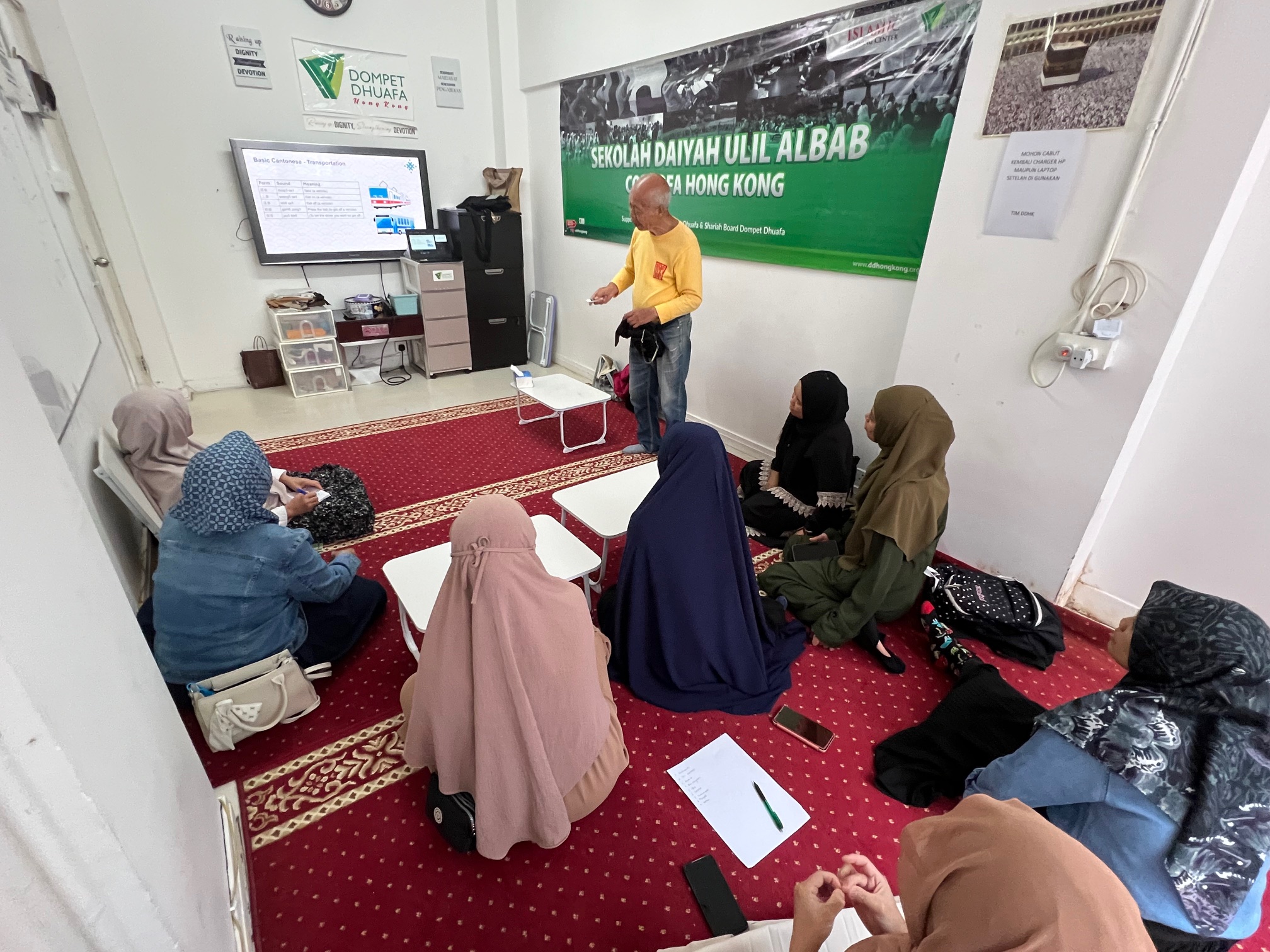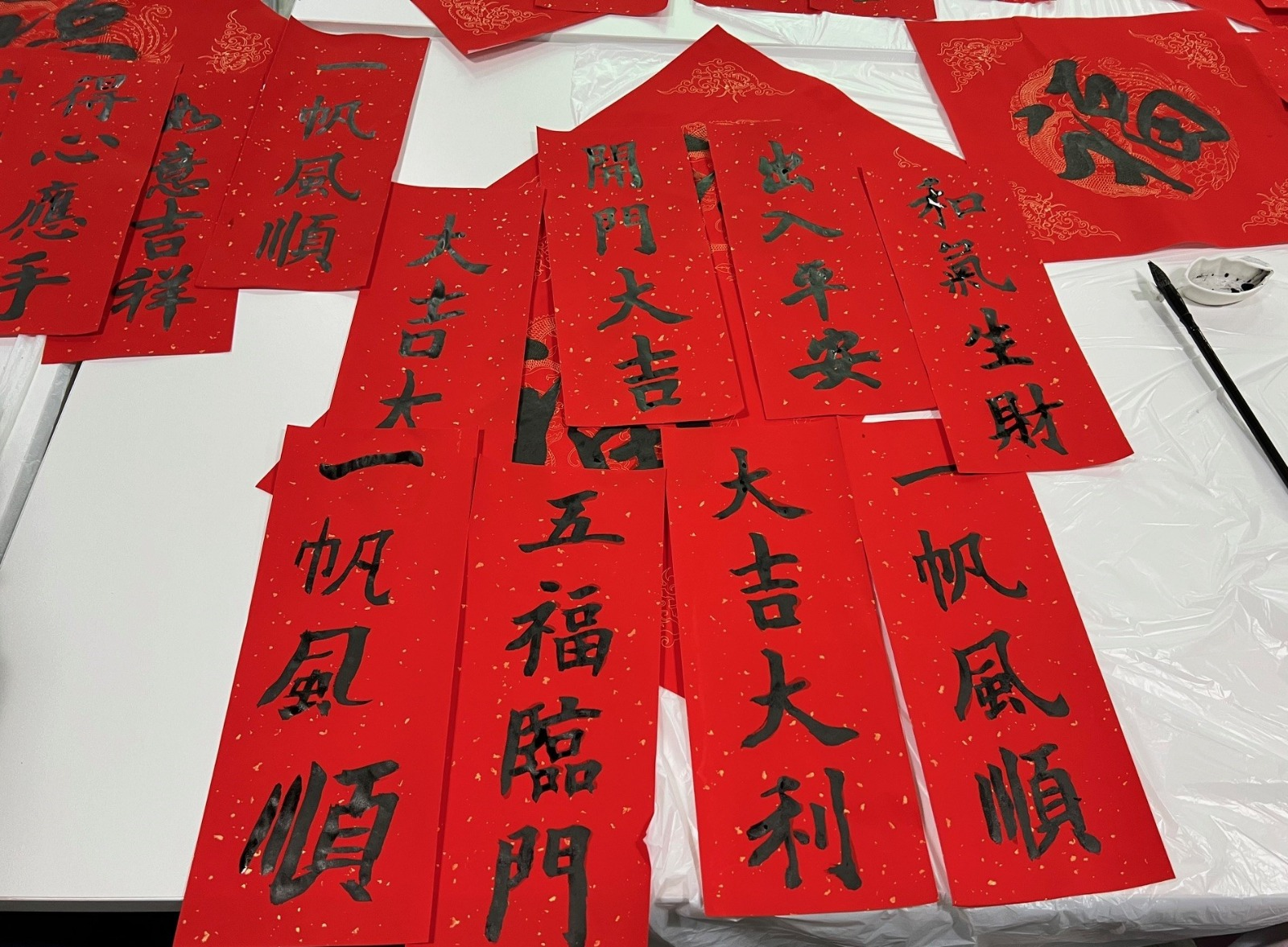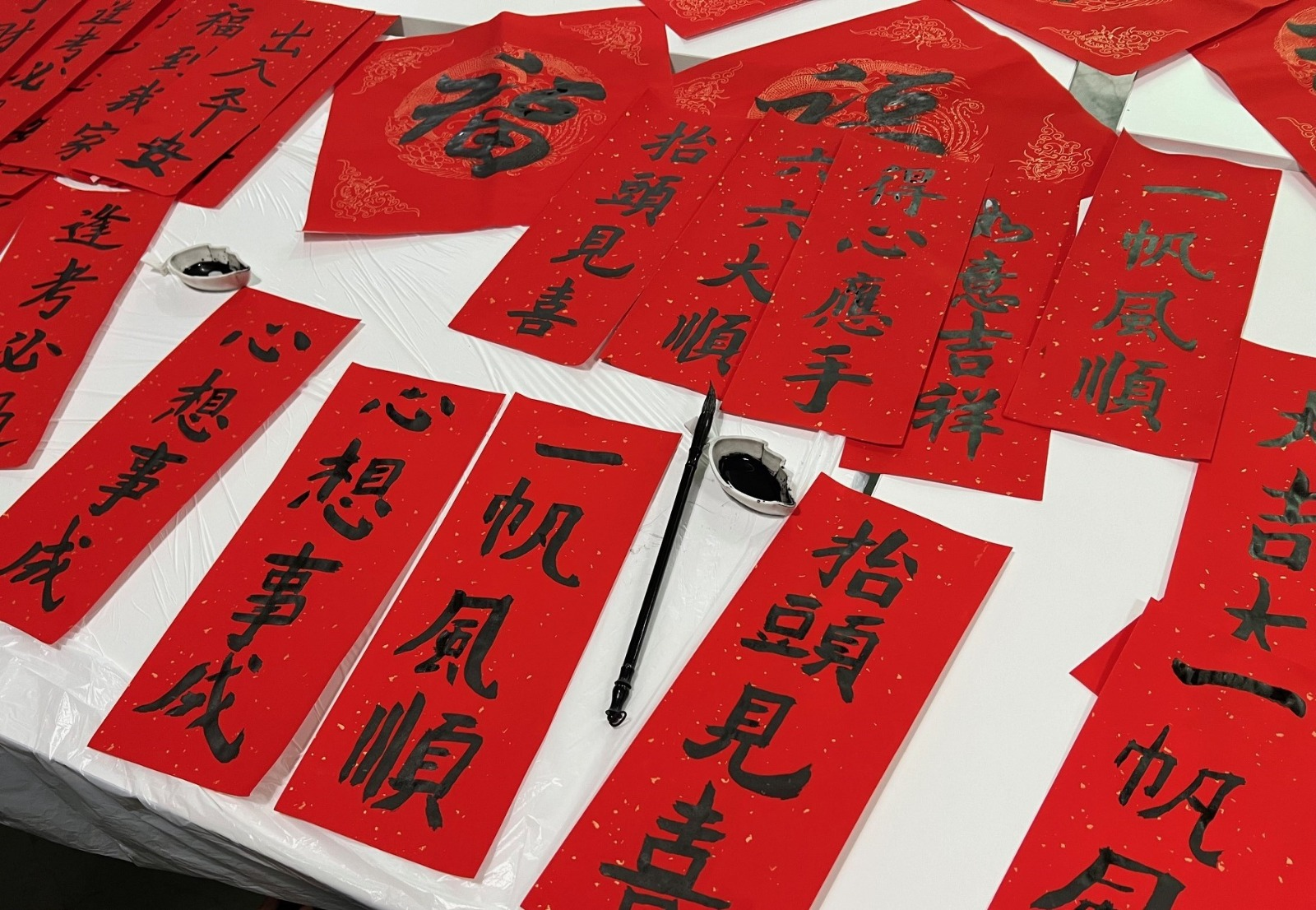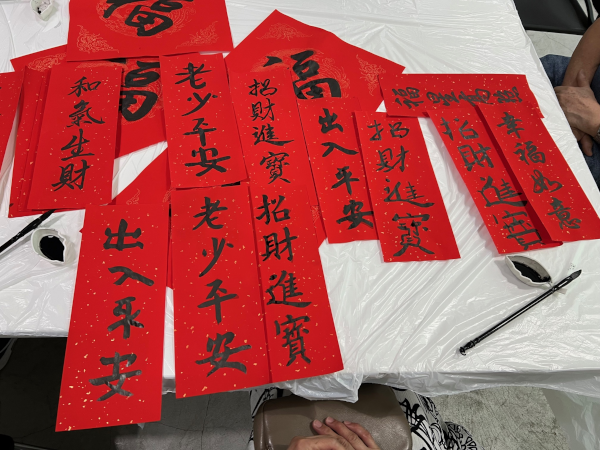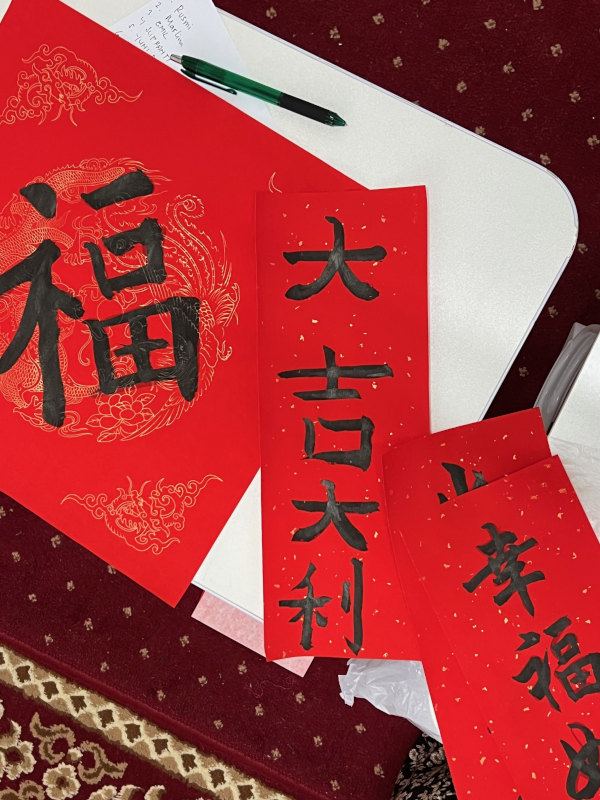Sponsored by
Presented by
Organized by



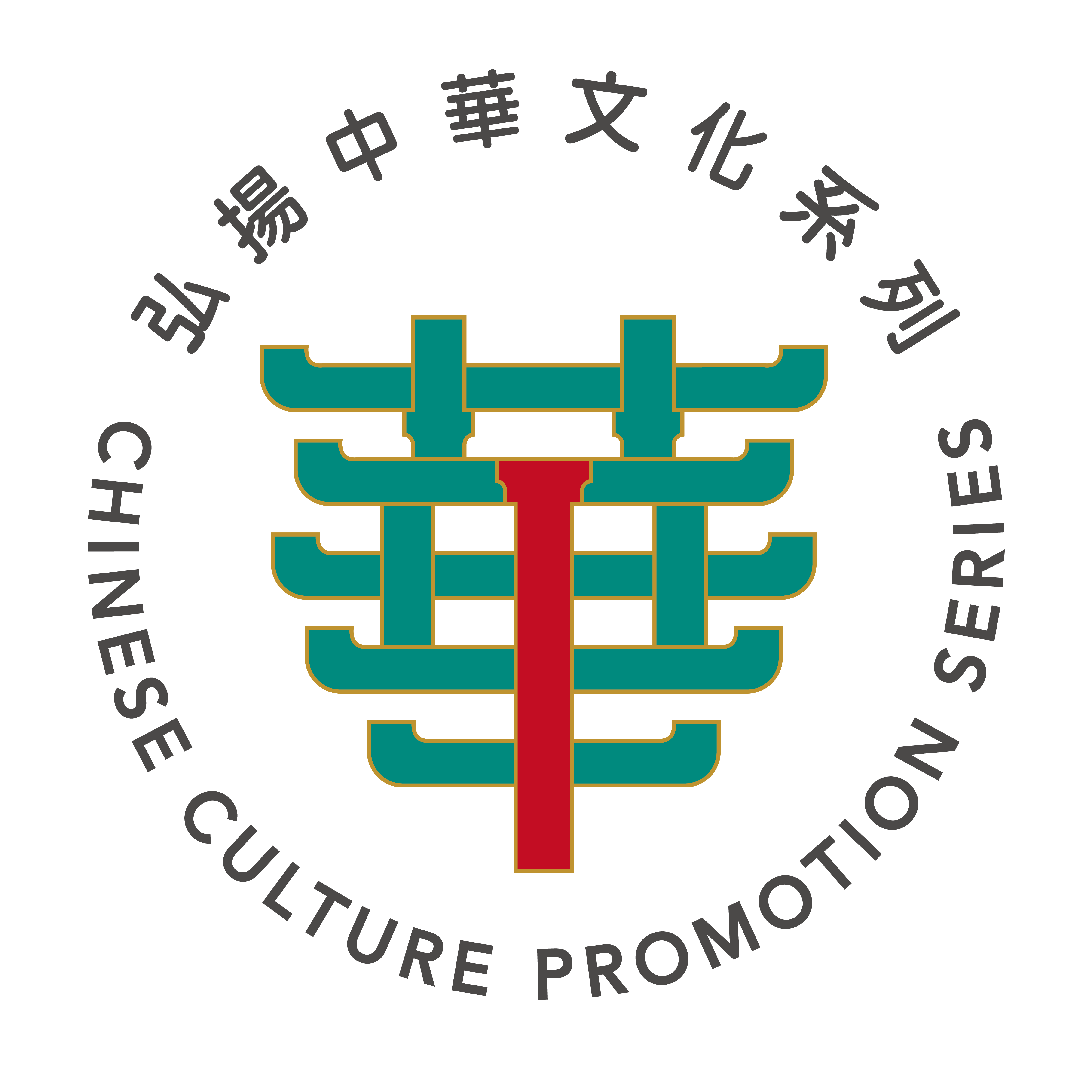
Project Background
The "Spring Scrolls and Cantonese Dialect" workshop, presented by the Intangible Cultural Heritage (ICH) Office and organized by Fair Trade Hong Kong Foundation (FTHK), is one of the projects supported by the "Intangible Cultural Heritage Funding Scheme". The project aims to provide ICH activities for persons with special educational needs, persons with disabilities and/or different groups settled in Hong Kong so as to enable them to better understand the ICH of Hong Kong and to achieve greater social inclusion.
According to the 2021 Population Census by the Census and Statistics Department, there are about 620,000 ethnic minorities in Hong Kong, comprising around 8.4% of the total population in Hong Kong. Fair Trade promotes gender equality as one of its six core principles. Therefore, FTHK designed the "Spring Scrolls and Cantonese Dialect" workshop, targeting mainly ethnic minority women, to teach them daily life Cantonese phrases and New Year greetings. It helps them integrate into the community by bridging language barriers and to communicate more fluently in Cantonese. Participants learn the custom of putting up spring scrolls and calligraphy skills in a fun and engaging manner.
Starting from January to July 2024, seven batches of workshops have been conducted for participants from various ethnic minority groups. Feedback received was positive. Most of the participants found the content interesting and informative.
Cantonese dialect
1. Improved the participants' proficiency in Cantonese pronunciation

The course was designed to improve the participants' spoken Cantonese skills, allowing them to communicate and interact with local people more fluently in their daily lives. Other than teaching vocabulary, we also covered practical exercises, like common spoken words and dialogues in shops, hospitals, restaurants and other settings.
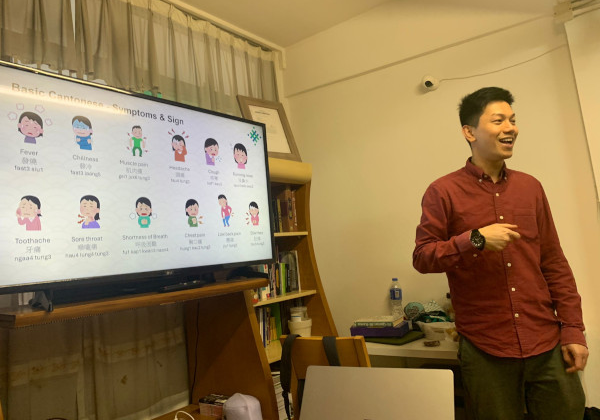
With the guidance and a focus on different tones of Cantonese, participants enhanced their listening skills and fluency in Cantonese during their daily conversations.
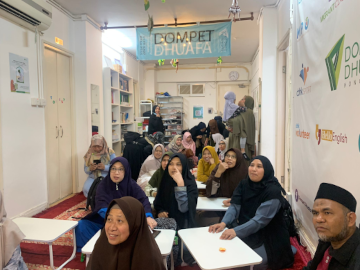

Participants were motivated to practice and communicate more in Cantonese in class, fostering an environment conducive to mutual learning.
2. Increased understanding of frequently used local vocabulary and local culture
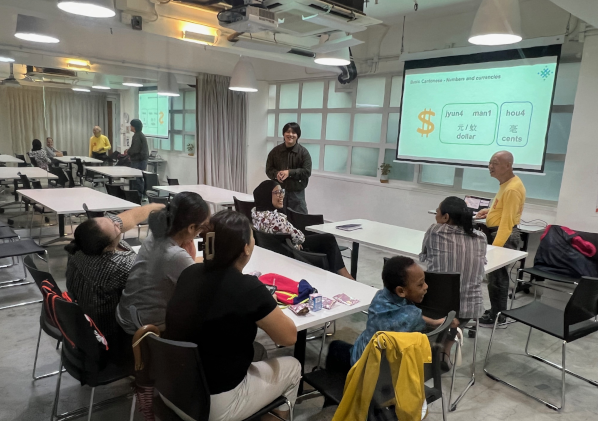
Numerous commonly used local spoken words and examples showcasing the various ways the words are used were introduced, helping them better understand and communicate with locals.
Chinese calligraphy and spring scrolls
1. Enhanced the Chinese literacy skills and interests of minority ethnic participants

Participants learnt common auspicious phrases and Chinese New Year greetings that are applicable in their daily lives.

Participants were given the concept of Chinese character structure and radicals, and the associated clues about the meaning or pronunciation of the characters. This helps participants to make a guess about the word's meaning or what it is related to base on radicals, enabling them to recognize Chinese words more easily in everyday lives.
2. Encouraged the understanding of local ICH and traditional Chinese culture
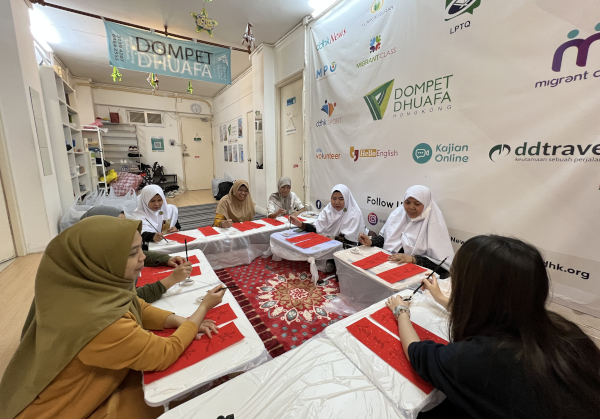
Spring scrolls convey blessings and good fortune. By explaining the meaning of each spring scroll, participants get a better understanding of the Chinese value for harmony and the desire for an improved life.
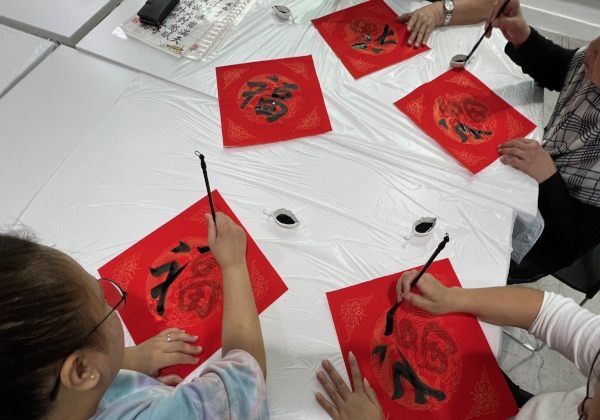
Participants found interests in Chinese culture after they learnt about the cultural meanings behind the evolution of Chinese calligraphy and the origin of spring scrolls.

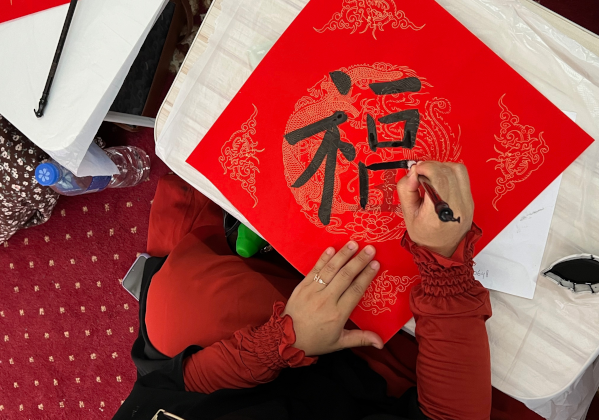
The participants were taught the stroke order of Chinese character, so that they could have fun writing spring scrolls on their own.
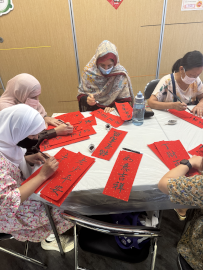

Nearly 95% saying that the workshops have aroused their interest in traditional Chinese culture and appreciated the opportunity to learn about the origins and significance of spring scrolls.
Spring scroll writings by participants
Participant feedback
| 1. | One participant expressed her difficulty in differentiating similar pronunciations in Cantonese, such as "Monday" (sing1 kei4 jat1) and "Sunday" (sing1 kei4 jat6); or "bed" (cong4) and "wall" (coeng4). However, after attending workshops, she is able to differentiate these tones better and now pays more attention to the differences in pronunciation. |
| 2. | Another participant lacked a full understanding of the Chinese family hierarchy and titles, for example, she confused with the titles between "maa4 maa4" (paternal grandmother) and "po4 po4" (maternal grandmother) as "grandmother" is used for both paternal and maternal sides in English. The workshops helped her to get familiar with the different terms to address family members in the Chinese society. |
2nd year of workshop
FTHK will conduct the second phase of the "Spring Scrolls and Cantonese Dialect" workshop at the beginning of 2025. Our aim is to promote the two ICH items, the custom of putting up spring scrolls and Cantonese, to more women from minority ethnic communities so that they could further understand Chinese traditional culture.

